The first Galssworks of Bükk can be found in the valley of brook Márkus in Óhuta (today Bükkszentlászló) northeast of Miskolc. This glass-making workshop consisted of three buildings: crushing-mill, combustion furnance and the glassworks building. An entrepreneur had this glassworks built at the expense og the estate. The names of the first glassworks workers show that most of them were Slovaks partly Poles and Hungarians who settled here from Upper Hungary (today Slovakia). The goal of foundation og the glass-making workshop in Óhuta was to satisfy the need of window-glass. (1712-1755)
.
.
With Ferenc Sztraka's leading the second glassworks was established in Óhuta in order to make window-glass but after 1755 blown glass-making became prevalent. At this time glassworks master János Simonides was also urged to make the important glass for the need of taverns and according to the country report adressing to the council of governor-general a bottle making workshop was made in Újhuta what was transported by the inhabitanats of Óhuta. The names of the craftsmen refer to Slovak, Polish and German origin in Újhuta.
.
.
The workshop of Répáshuta was built by János Stuller in1790 who came from country Nógrád. There were fast-flowing brooks nearby and using their water power the elementary substance could be processed int he crushing-mill, which was bulit at the place. Int he valley of Gyertyán a short distance away from the glassworks there were places rich in source of raw material which were easily accessible and exploitable. Répáshuta already was a populated settlement between 1766 and1776. Slovak forest workers were living here who felled wood to the building of Fazola's kind of ironwork. The forth glassworks was int he vallley Gyertyán whose founder was Józyef Schir in 1834. This glass-making represented the manufacturing industrial production int he history of glass industry of Bükk. The employment of hired hands, the operation of steam engines and participation in the commercial capital production caused the best production that lasted till 1896. A cemetery still in existence cherishes its memory. From 2000 with the support of Millennial Government Office and the union of settlements, excavation, reconstruction, lay down of information notices and publications took place.
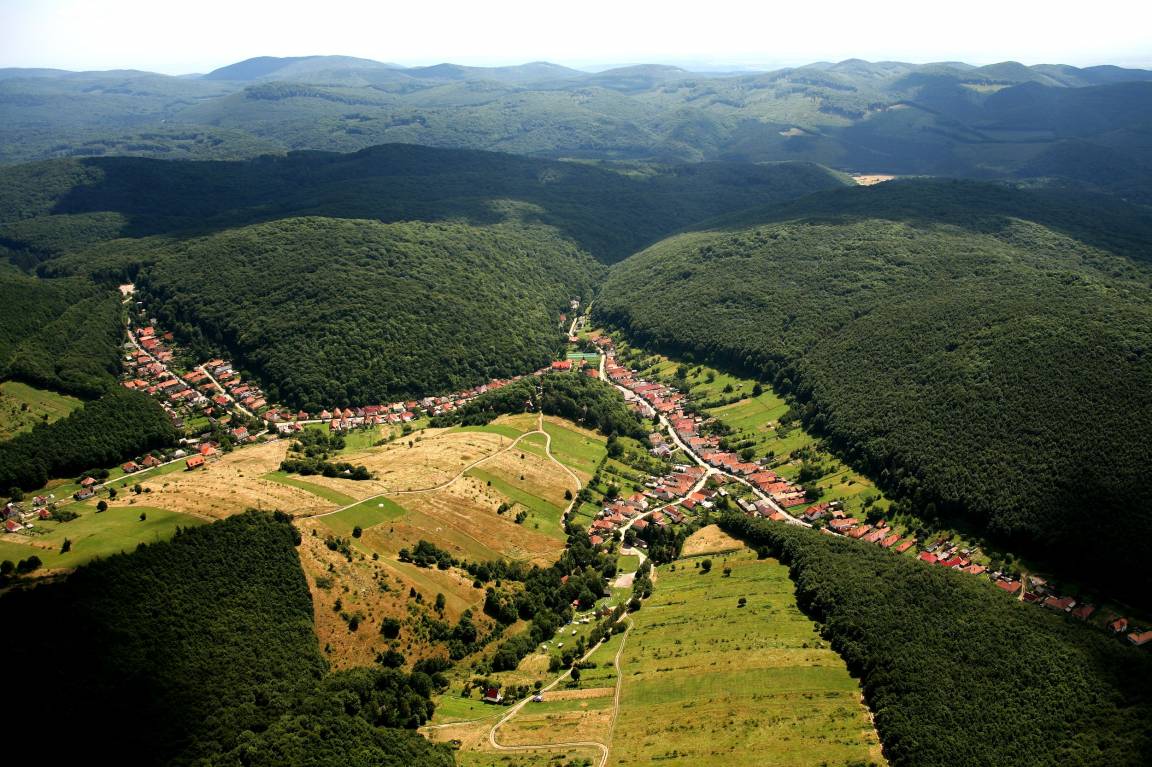
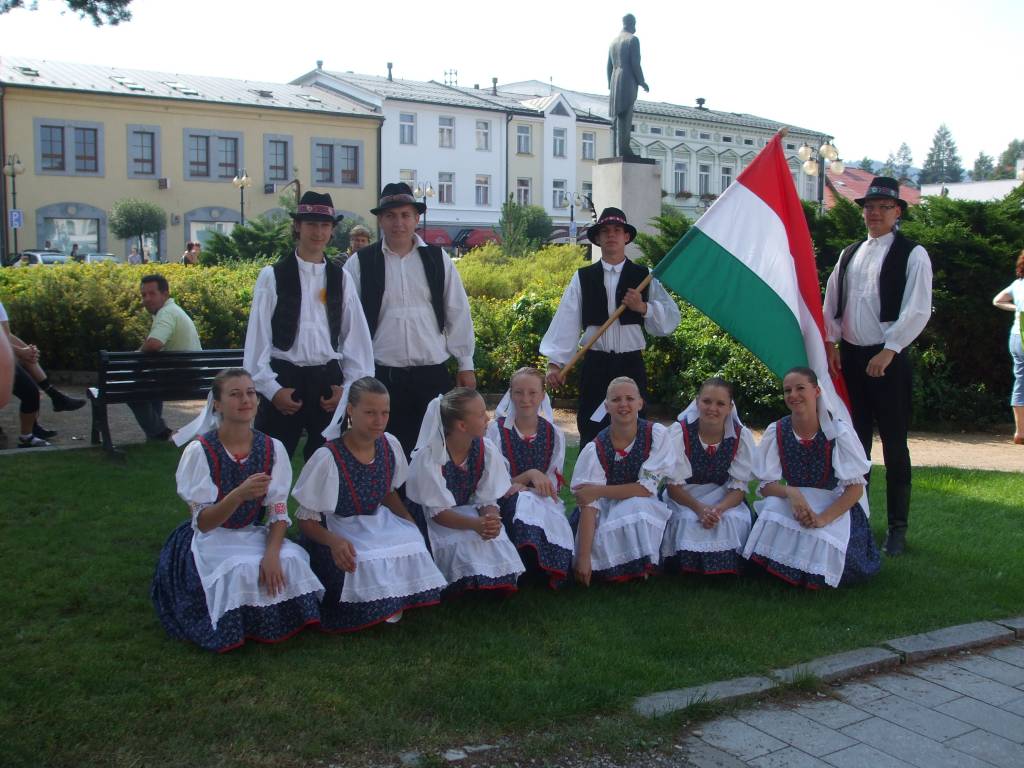
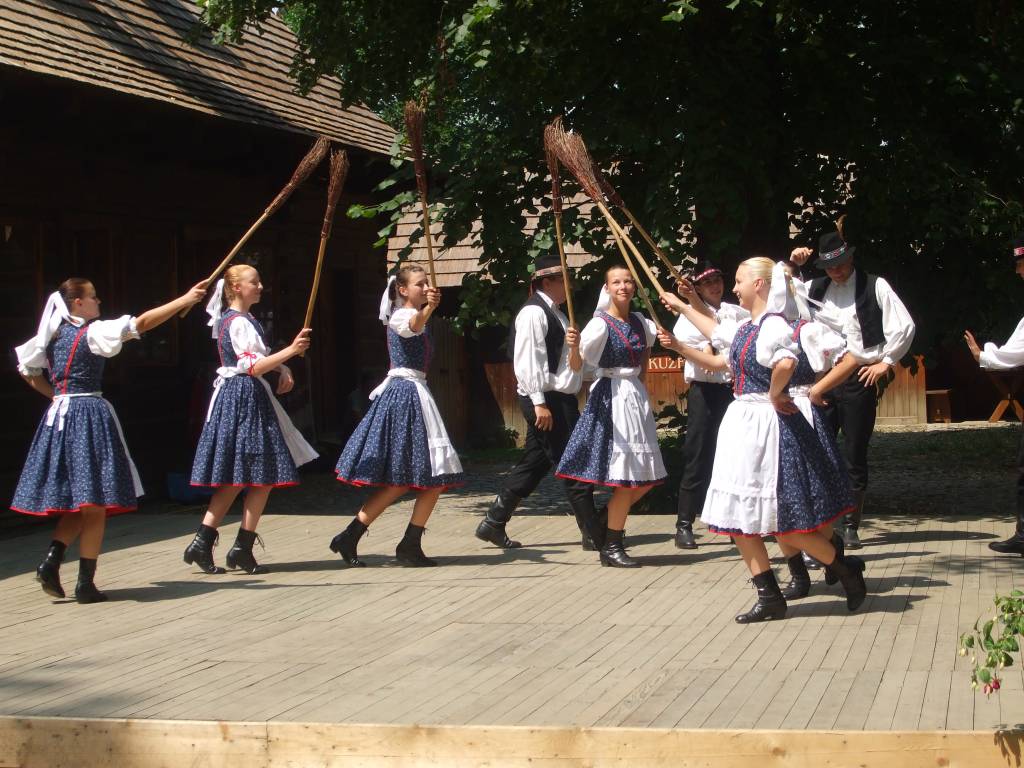
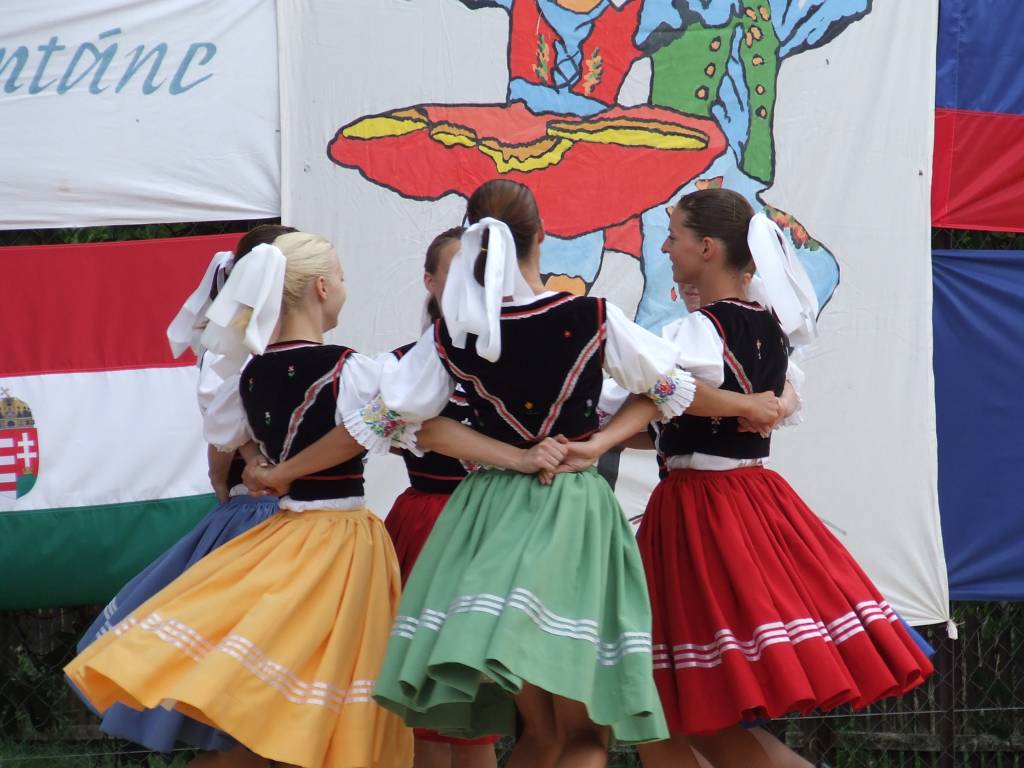
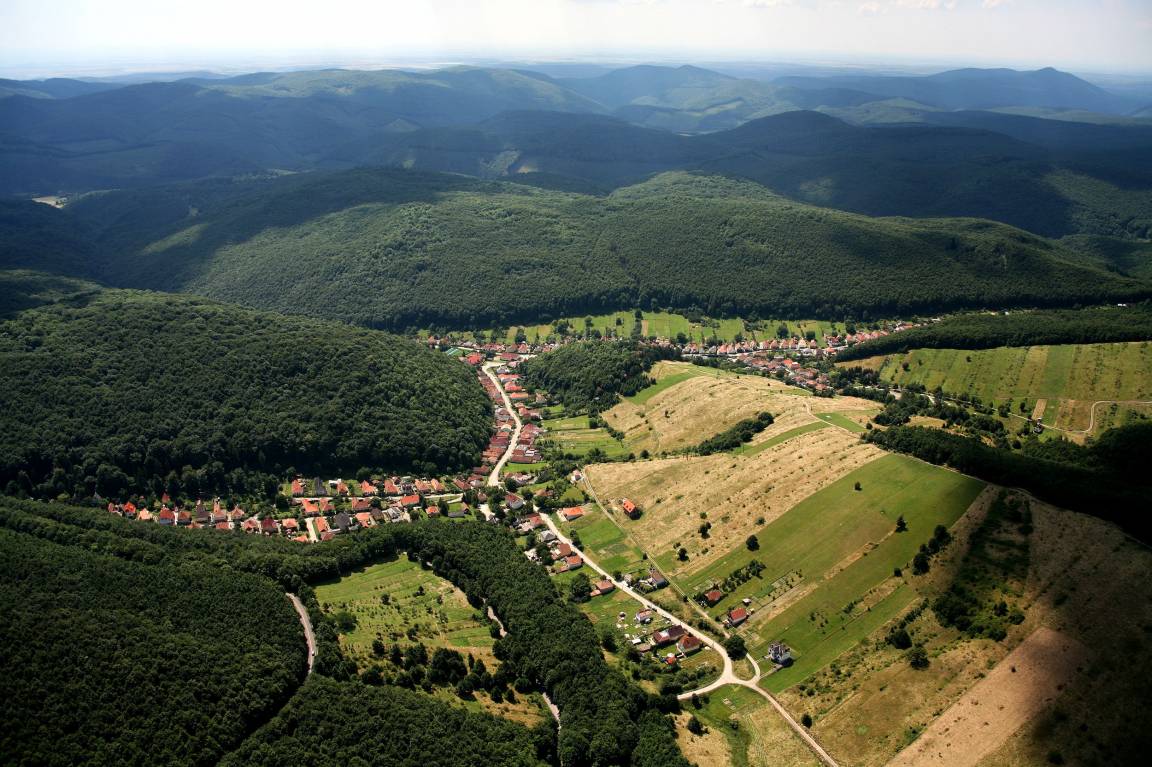
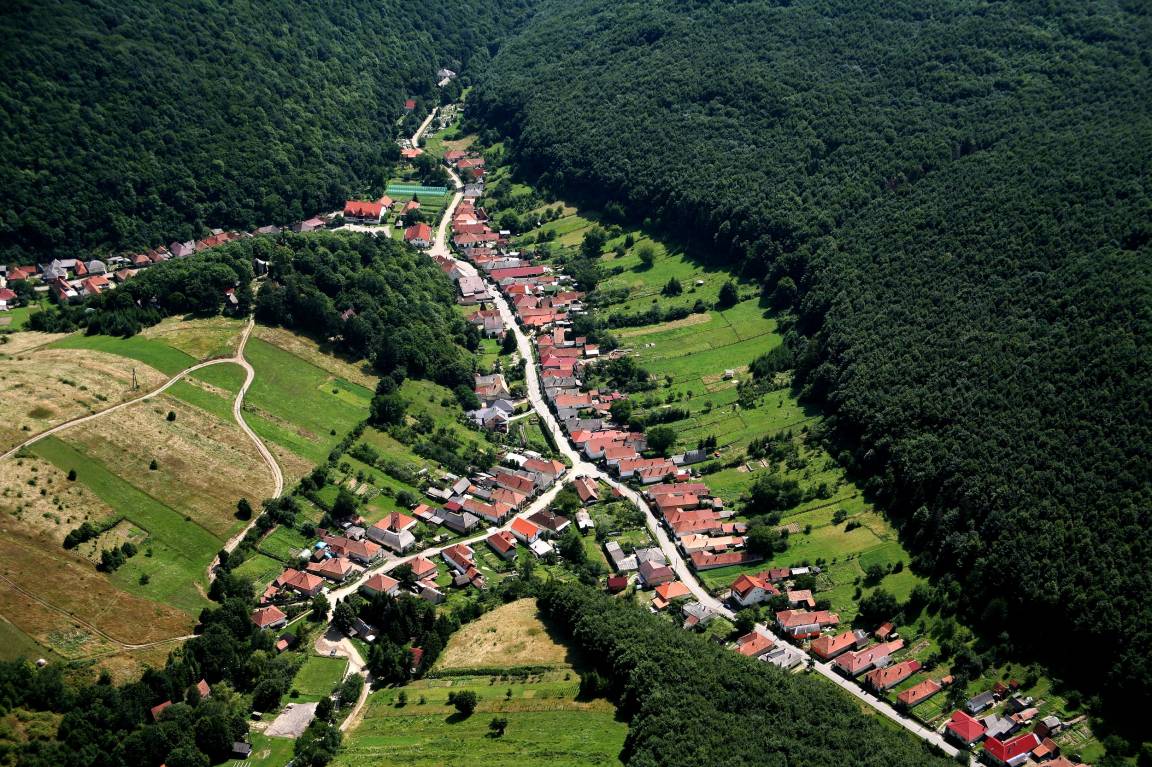
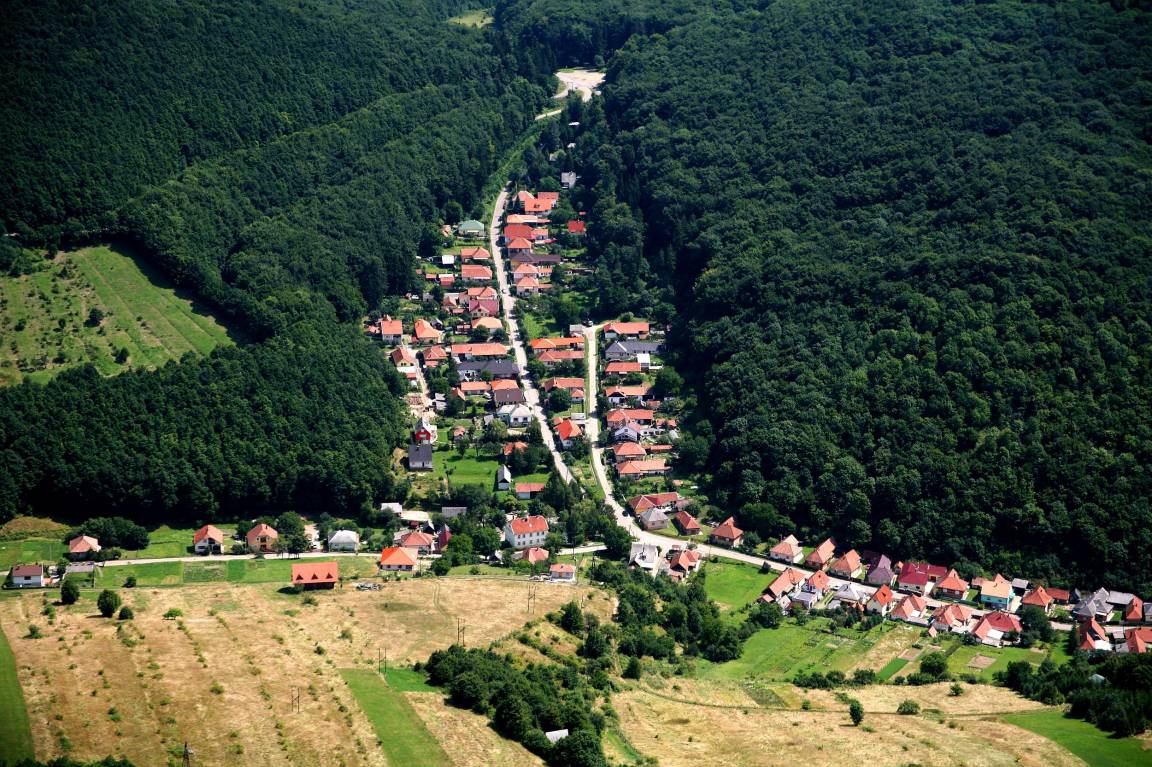

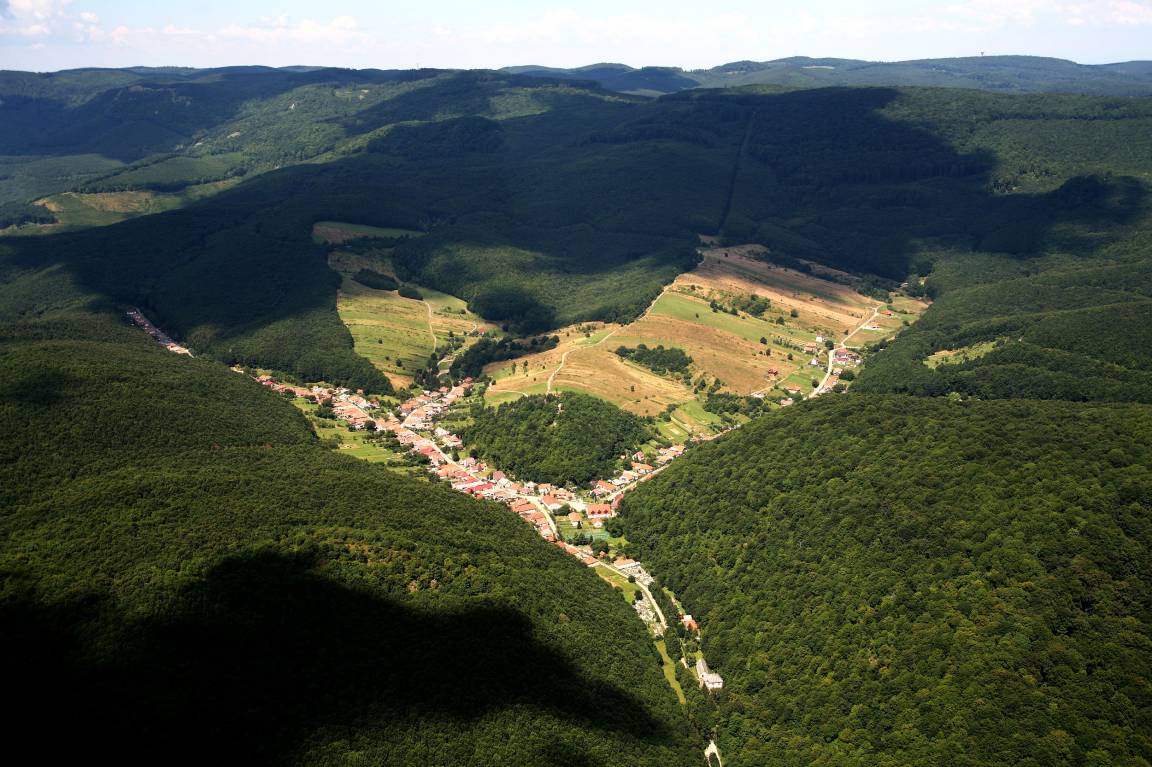
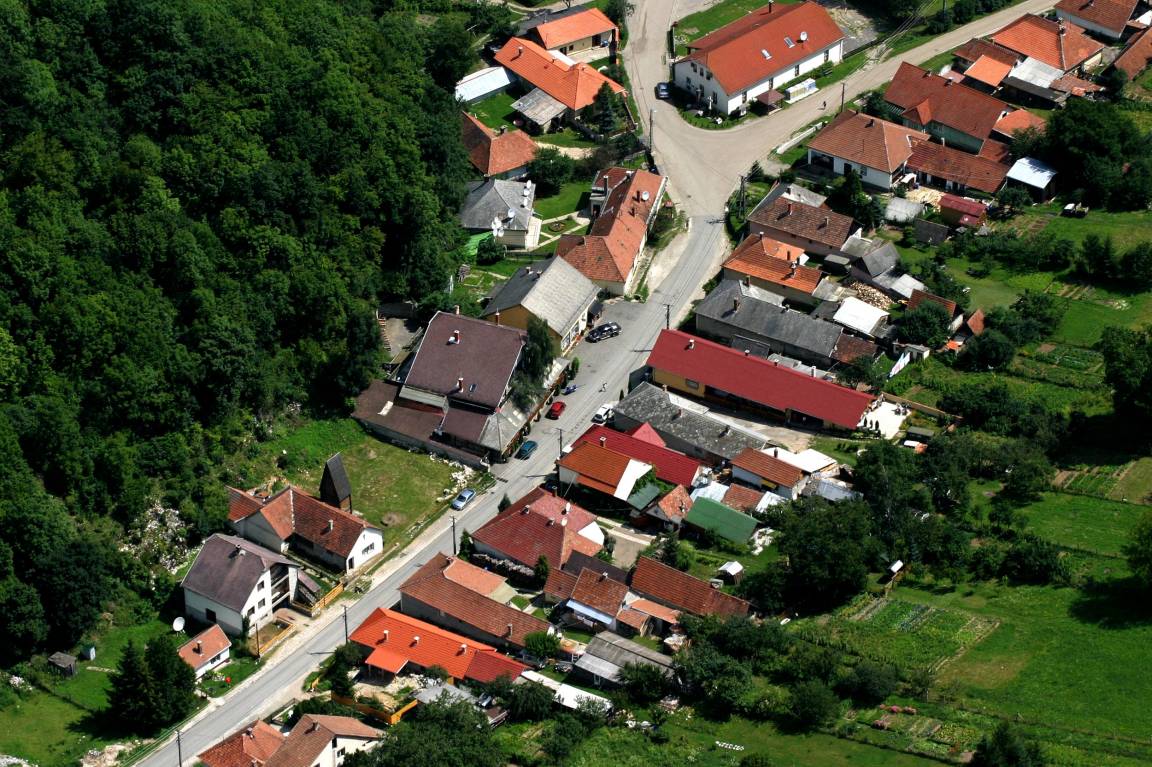
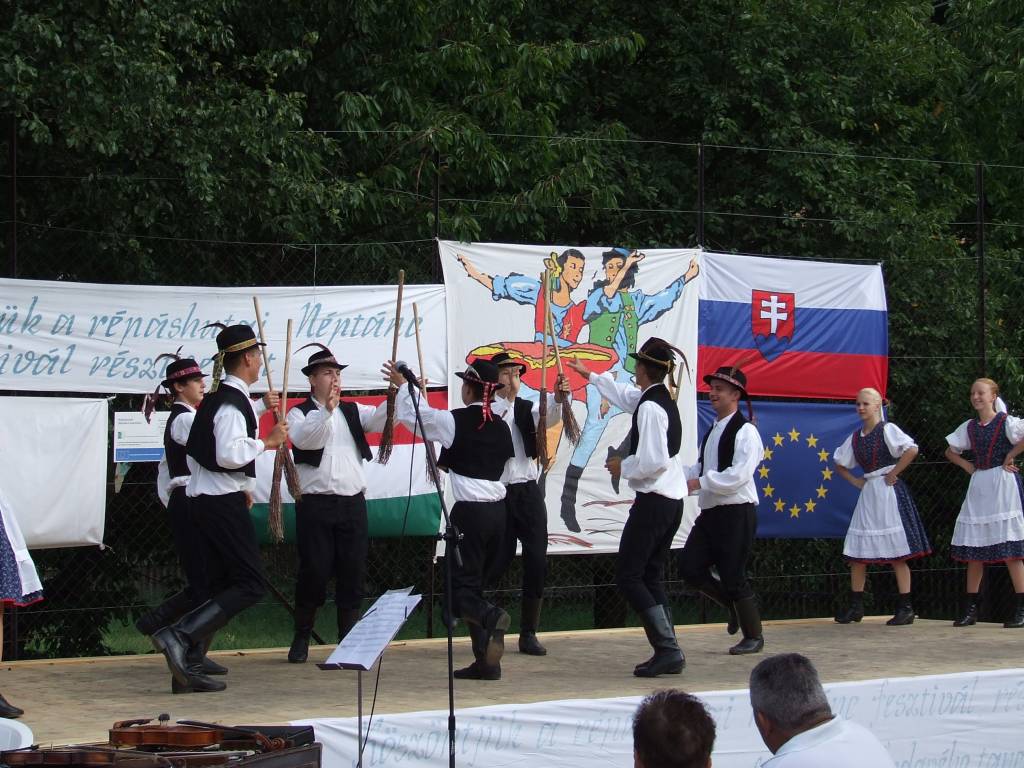
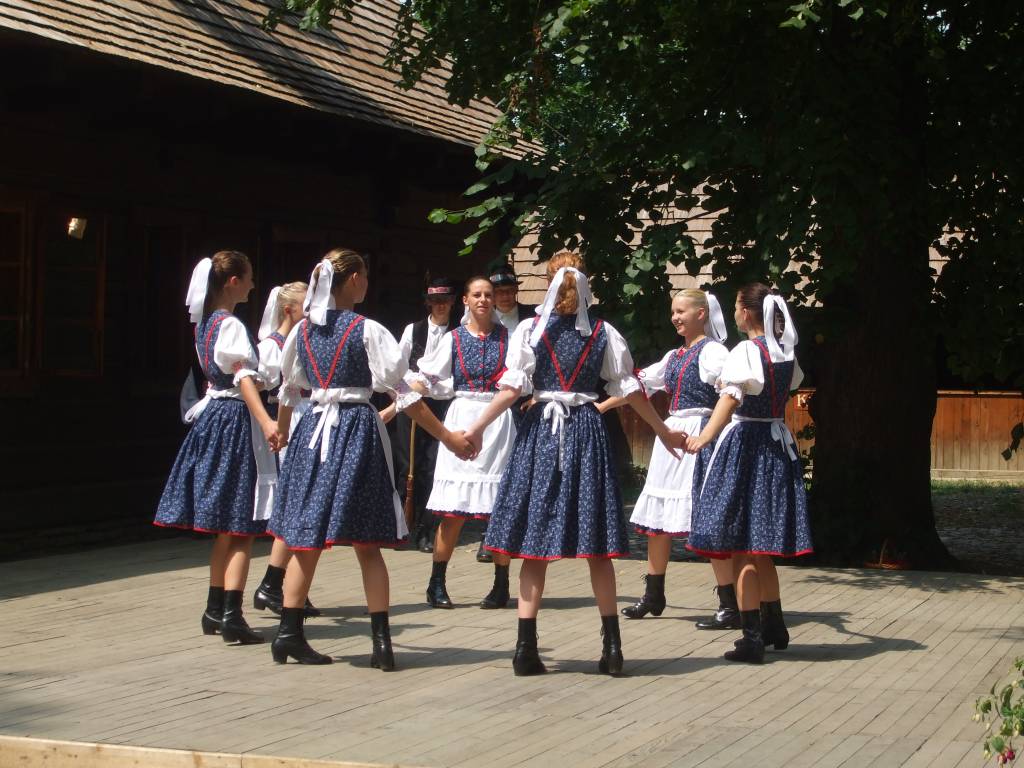
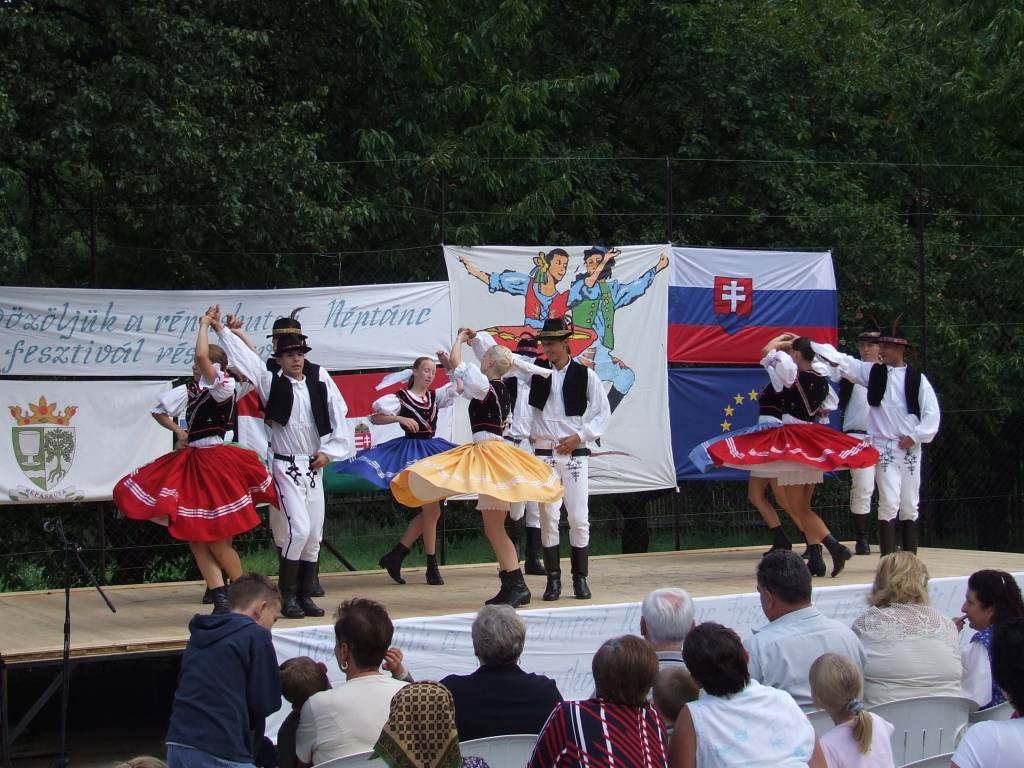











 A honlap az Európai Unió támogatásával, az Európai Regionális Fejlesztési Alap társfinanszírozásával valósult meg.
A honlap az Európai Unió támogatásával, az Európai Regionális Fejlesztési Alap társfinanszírozásával valósult meg.















